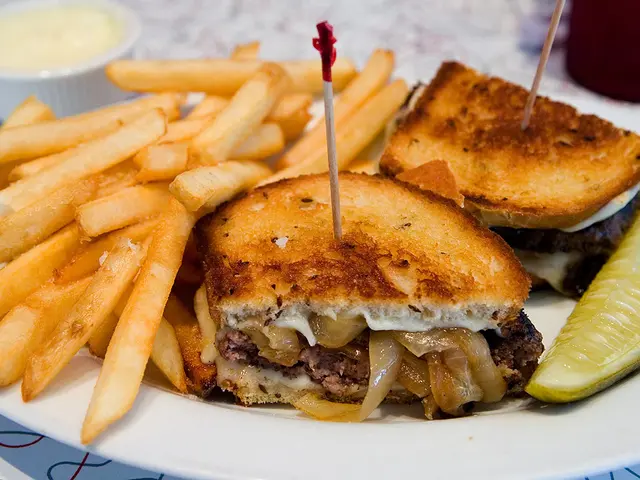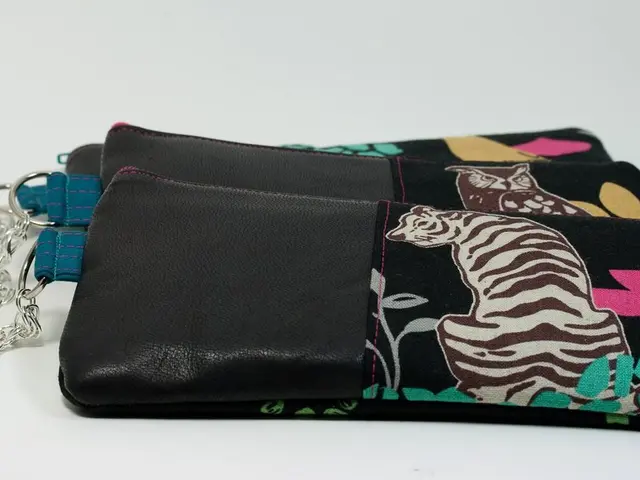A Comprehensive Guide for Recruiting an Ideal Pattern Maker in Fashion Design
In the world of fashion, choosing a pattern maker is a crucial step that can significantly impact the outcome of your design project. Here are some key factors to consider when making this decision.
Experience and Technical Skill
A pattern maker should possess significant experience in both traditional hand-drawing techniques and modern Computer-Aided Design (CAD) tools. Technical knowledge, beyond mere computer skills, is essential to translate a designer's vision into precise patterns.
Understanding of Fabric Behavior
A good pattern maker must have a deep understanding of how different fabrics behave. This knowledge is crucial in determining how fabric choice impacts garment fit and construction, taking into account factors such as fabric stretch, drape, durability, and care requirements.
Attention to Detail
Pattern making is a meticulous craft that requires close attention to detail. The pattern maker must pay close attention to measurements, garment structure, seams, and how all parts come together to match the designer's intent and ensure a flawless fit.
Adaptability and Customization
Patterns often need to be adjusted based on client measurements or garment purpose. A good pattern maker should be adaptable, able to draft new patterns from scratch or modify existing ones to tailor fit and style preferences accurately.
Communication and Collaboration
Clear communication is vital in the relationship between a designer and a pattern maker. It is essential to interpret sketches and specifications precisely and provide feedback during the pattern approval stage to improve the final product quality.
Portfolio and Specialisation
A pattern maker should have a portfolio available upon request, showcasing their experience with textiles, pattern grading, and creating designs similar to what the designer wants. It is also important to identify the pattern maker's preferred method for pattern making, whether it's draping, traditional drafting, or digital tools like CAD software.
In addition to creating patterns, a pattern maker assists with fit testing, revisions, and grading after creating a pattern, expanding it to fit multiple sizes. They may also oversee the creation of duplicates and collaborate with a sample maker to ensure everything comes together seamlessly.
Choosing a pattern maker is a potentially brand-defining moment. The right partner ensures that garments are made well and look as intended, contributing significantly to a brand's success. At our company, pattern makers transform initial ideas into refined, production-ready patterns and offer both studio and factory-level support with no minimums.
High-quality pattern grading is essential for producing a range of sizes or manufacturing a clothing line for retailers. A sample maker is someone who works with a seamstress to produce samples of your clothing line that you can present to potential retailers and fashion industry professionals.
In conclusion, the ideal pattern maker blends hands-on experience, technical patternmaking skills, fabric expertise, meticulous attention to detail, and strong communication to transform design concepts into perfectly fitted garments ready for production or bespoke tailoring.
- The pattern maker's portfolio, displaying their proficiency in textiles, pattern grading, and creating designs similar to the designer's, should be carefully examined for the trustworthiness of the collaboration.
- A pattern maker's technical design skills in both traditional hand-drawing techniques and modern Computer-Aided Design tools are indispensable for translating a designer's vision into precise patterns.
- A good pattern maker must have an intimate understanding of fabric behavior, as it plays a pivotal role in determining how the garment fits and is constructed, taking into account factors such as fabric stretch, drape, durability, and care requirements.
- In the world of fashion, choosing a pattern maker is a crucial step, as they contribute significantly to a brand's success by ensuring that garments are made well and look as intended.
- Pattern making is a delicate craft, requiring the pattern maker to pay close attention to measurements, garment structure, seams, and how all parts come together to match the designer's intent and ensure a flawless fit.
- A pattern maker, aside from creating patterns, assists with fit testing, revisions, and grading after creating a pattern, expanding it to fit multiple sizes, and may collaborate with a sample maker to ensure everything comes together seamlessly for production or bespoke tailoring.




